This guide is meant to teach you how to propagate Russian Olive (Elaeagnus angustifolia) and hopefully make it easier for you to sell them at your own nursery.

Hardiness Zone: 2 – 7

Soil Type: Well-drained sand, clay, loam. Tolerates salty and alkaline soil

Water: Average. Fair Drought Resistant

Exposure: Full Sun to Partial Shade
Russian Olive (Elaeagnus angustifolia) is a perennial shrub hardy up to zone 2. Russian olives are all-around wonderful plants cherished for landscaping.
They provide shade, stabilize the soil, give wildlife habitats, and pollen for honey bees.
Historically, Russian olives were widely used as windbreaks in the prairies and farmlands.
Russian Olive’s abundant fruits mature from August to October. Its yellow flowers bloom starting from late Spring.
Careful, in some areas consider them invasive because of their suckering habits. While other areas they are a boon. Check with your local department of agriculture.
Wildlife Value
Russian olive is a great tree for wildlife, it produces an abundance of berries and flowers for pollinators. Several native birds and mammals use Russian olives as a source of food, nesting site, and cover.
Attracts ring-necked pheasant, grouse, mallard, quail, wild turkey, and mourning dove.
Food source for cottontail, fox squirrel, ground squirrel, elk, and deer.
Best Way to Propagate Russian Olive
Cuttings
The best and fastest way to propagate Russian olive is by taking hardwood or softwood cuttings. Each is taken at different times of the year but the end result is similar.

When you take hardwood cuttings from a Russian Olive, you want to cut them early fall, when it’s just going into dormancy. Alternatively, early spring before the leaves appear.
- First, take some hardwood cuttings off the main stem, long enough to be about 8 inches.
- Make sure the width of the cutting is not too thin, 1/4 inch width is fine, then cut right below the node.
- Next, scrape the bark off the bottom inch of the cutting, especially at the wooden joint.
- Remove most of the leaves off the twig and leave some at the top
- Dip in rooting hormones and then push them into your sandy propagation beds.
- Keep watering the cuttings, sand shouldn’t be too wet but it should stay moist.
- Roots will form within 6-8 weeks. For winter, no need to cover, the snow isolates very well.

When you harvest softwood cuttings, you want to get them when the plant is actively growing. From late May to the end of August.
The method for propagating Russian Olive with softwood cuttings is the same as hardwood cuttings. The only difference is the stems should be a bit shorter, roughly 5-6 inches each.
Dip them in rooting hormone then plant them into your sandy propagation beds. Why sand? Because sand has almost no organic compounds, so your cuttings have a much lesser chance of catching fungus or rot.
Softwood cuttings can root as fast as 3-4 weeks.
Layering
Another good method to propagate Russian olive is by layering. That’s because if you bury its branches under the soil, they’ll quickly grow roots.
What you can do to create a ‘mother plant’ for layering is to dig a deeper hole than you normally would and put your Russian Olive in it.
With the lowest hanging branches naturally closer to the ground, it’ll be easier for the plant to naturally layer.
Alternatively, just take some landscaping pins to hold down some branches and cover them with soil.
Within a month or two, your branches will have enough roots for you to just snip them off the mother plant and transplant them.
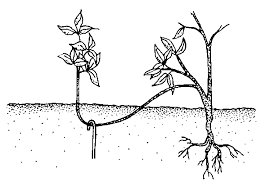
Division
Since Russian olive is a suckering plant, another great way to propagate it is by division.
Suckering plants naturally send out roots underground called rhizomes. These nutrient rich rhizomes send up news clones of the plants nearby and create a colony.
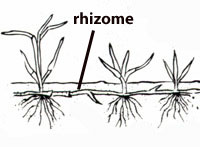
- First, locate your mother plant, loot around to see new shoots.
- Once you find the shoots, use a spade and dig them out. You’ll notice a big root coming from the mother plant, that’s the rhizome.
- Take out the shoot from the ground, and cut off some of the rhizome out with it. There’s some precious energy in there.
- Prune most of the leaves from the shoot, leaving some at the top, and plant directly into a pot with soil. Voila!
How to Ready Russian Olive for Sale
Finally, once your cuttings have rooted, all you have to do is transplant them into pots with good well-draining compost or topsoil.
Russian olives grow quickly with the right conditions, place the pots in a sunny part of your nursery, and water regularly.
That’s it!
Still trying to figure out how to start your plant nursery? Check out our plant nursery guide here.

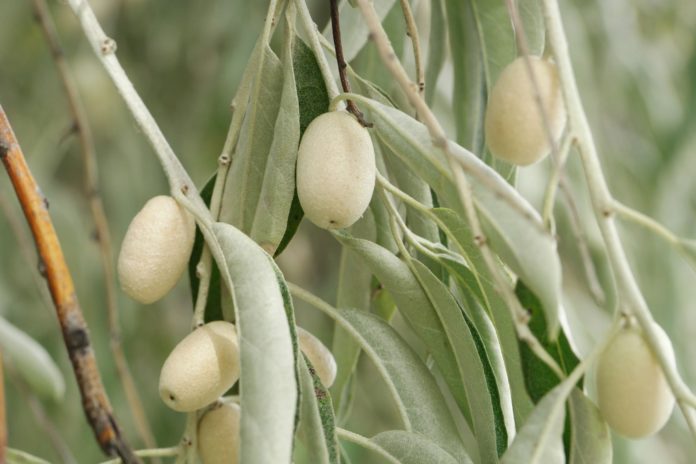
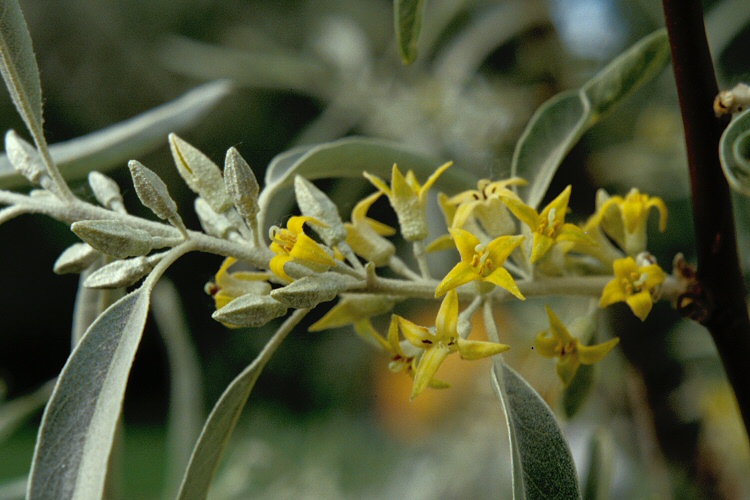
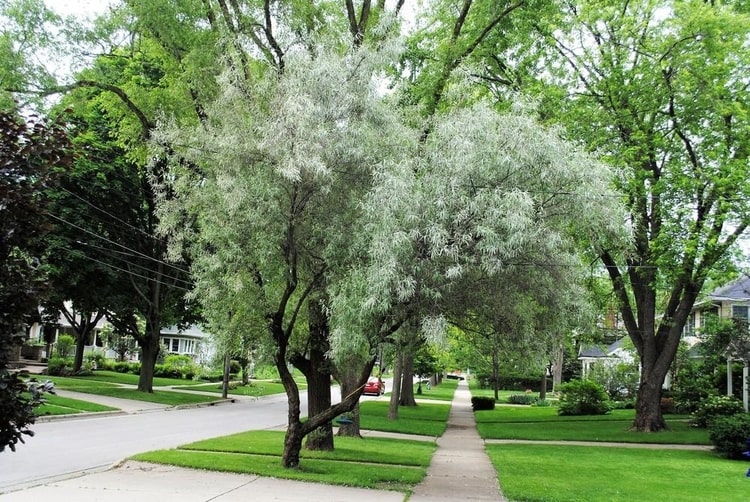
Dear Pascal, thank you for you article, the best one I have read. Five years ago I purchased Velvet Touch Russian Olives from a nearby nursery, now no longer operating. I have been unable to find this thorn-less Russian Olive anyplace and so I am going to try propagating them myself with your methods here. Thanks again
Good afternoon Stephanie! Thank you for your kind words, I do wish you the best of luck propagating!